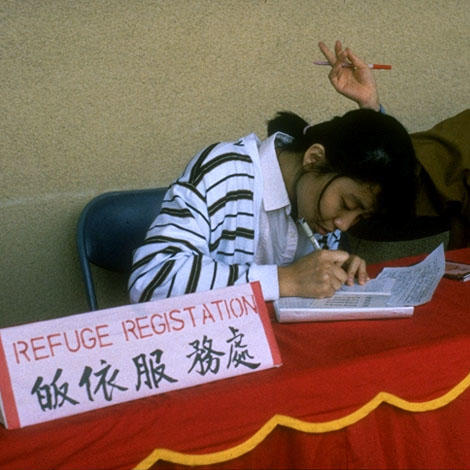 All Buddhists “take refuge” in the Three Treasures—Buddha, Dharma, and Sangha—but interpretations of these Three Treasures differ widely across Buddhist traditions.
All Buddhists “take refuge” in the Three Treasures—Buddha, Dharma, and Sangha—but interpretations of these Three Treasures differ widely across Buddhist traditions.
View full album
The “Three Treasures” of the Buddhist tradition are the Buddha, the Dharma, and the Sangha. Throughout the Buddhist world, Buddhists have these Three Treasures in common. To be a Buddhist means taking refuge in the Three Treasures. Buddhists see the Buddha as central to their lives, as well as enlightenment in general, the teachings of those who are enlightened, and the community that follows these teachings.
In the ancient Pali language the words of “taking refuge” are these:
- Buddham saranam gacchami. “I take refuge in the Buddha.”
- Dhammam saranam gacchami. “I take refuge in the Dharma.”
- Sangham saranam gacchami. “I take refuge in the Sangha.”
The Buddha, the Dharma, and the Sangha continue to provide inspiration to Buddhists, but they are not understood in exactly the same way everywhere. A Sri Lankan Theravada Buddhist might insist that the Buddha was a human pathfinder, nothing more. A Chinese Pure Land Buddhist might chant the name of Amitabha Buddha, seen as the eternal Buddha of Infinite Light, with a prayer to be reborn in the Pure Land after death. A Japanese Zen master might shock one with the words, “If you meet the Buddha on the road, kill him!” in recognition that grasping for the security of the Buddha creates as much suffering as any other desire.